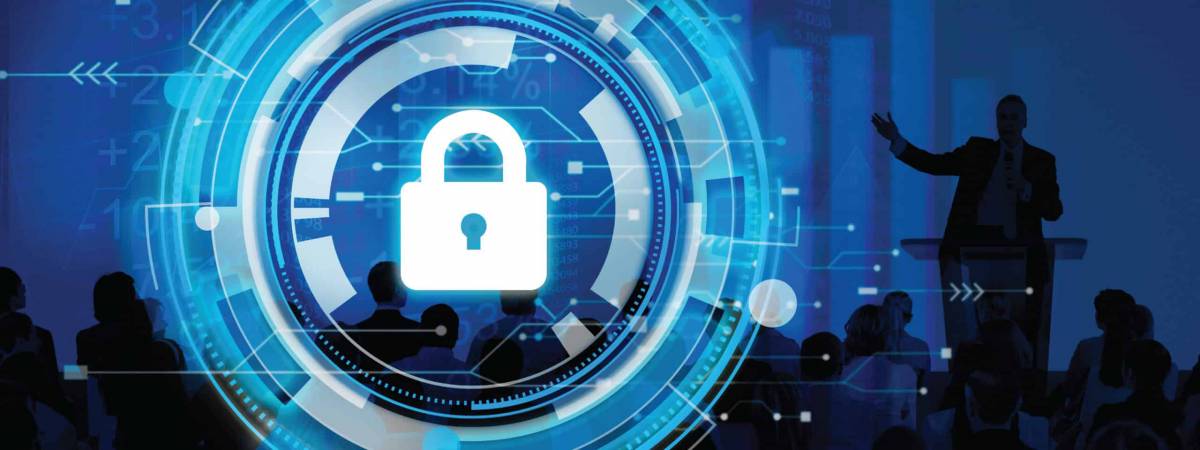Organizations around the globe have long considered cybersecurity as a significant concern. Cybersecurity must be constantly updated due to the changing cyber threat landscape. Besides, the coronavirus pandemic has further put lots of pressure on cybersecurity.
Security teams have to adapt to the changing IT landscape. They have to do more work due to the pandemic. It has disrupted global economies and businesses, thereby pushing technology to its limits. This creates vulnerabilities that hackers can exploit.
Security risks have increased with the widespread adoption of remote work and rapid business initiatives. More data is being used. To make it easier for businesses to access data, APIs and applications are growing. Cloud makes critical applications easily accessible to many attackers.
Companies must adapt to this new reality. Knowing the critical cybersecurity trends will help them navigate 2021 and beyond. Let’s discuss these topics in this article.
 Emerging Threats and Their Response Capabilities
Emerging Threats and Their Response Capabilities
Companies that work with large data sets need to be secure online. Nearly all companies working in the digital age have access to large amounts of data. It is becoming increasingly challenging to store the data in a secure place and use it for analysis. Companies are now using threat detections to automate monitoring, collecting, and correlating data from various IT security tools. This not only increases data security but also automates threat detection and speeds up incident response.
Ransomware Presents New Challenges
Ransomware is a major threat to organizations’ data security. This threat will continue to increase in the future as it becomes a top cybersecurity trend. A Ransomware attack can cause economic havoc and data theft in organizations. In 2020, the ransomware attacks cost an average of $4.44 million and were more expensive than average data breaches 2020.
Criminals are becoming more sophisticated in their techniques. Extortion attacks are becoming more popular. This is where criminals steal data from a company and then encrypt it to prevent others from accessing it. Cybercriminals then threaten to blackmail the company and demand ransom in exchange for their private data. This cyber threat has a significant impact on both the company’s sensitive data and the economic consequences of paying the ransom.
Cloud Threats
Cloud adoption emerged as a way for businesses to maintain business continuity, especially with the rise of remote work and online collaboration during the coronavirus epidemic. Although global businesses had been moving to the cloud long before the crisis, it was only now that the pandemic became a catalyst. Rapid cloud migration will present new security challenges and threats.
Cloud-based security threats such as misconfigured cloud storage and reduced visibility and control, incomplete deletion of data, and vulnerable cloud apps will continue to disrupt businesses into the future.
AI Integration
Artificial Intelligence (AI), which is a rising number of cyberattacks, could be the key to ensuring that under-resourced security personnel can remain one step ahead.
AI can help security teams reduce their response times by analyzing large data sets and risk reports. This allows organisations to make crucial security decisions faster and can respond quickly to immediate threats.
Access to zero-trust networks
Zero-trust security assumes every user and device cannot or should not be trusted. Instead, access to users is granted as needed based on each employee’s job function. This reduces the risk of insider threats. Organizations can prevent outsiders from accessing the network by continuously monitoring the trust of every device and user. This zero-trust security system also stops them from accessing critical information laterally.
The rise in Enterprise-level CSOs
Recent cybersecurity incidents, threats, and vulnerabilities that go beyond traditional enterprise IT systems have skyrocketed. This has prompted organizations to re-evaluate their security posture in cyber and physical environments.
Cyber-physical threats continue to be posed by cyber incidents like siegeware attacks against infrastructure management systems, increasing vulnerabilities in OT/OT systems, and GPS spoofing. Businesses that rely on an IT security-centric approach were unable to deal with security risks to physical safety.
Organizations that have cyber-physical systems should deploy CSOs at the enterprise level to work with multiple security-oriented silos.The CSO can integrate physical, IT, and supply chain security in a centralized governance structure.
Secure Access Service Edge (SASE)
Secure access service edge (SASE), which combines network security and WAN into one cloud-delivered service, is a way to consolidate both. Traditional cybersecurity approaches are not sufficient to meet the changing needs of today’s networks. SASE allows organizations to secure access regardless of where their users, devices, and applications are located. Secure access is essential as organizations move more critical data and assets between cloud environments.
Data Privacy as a Discipline
Since the EU introduced stricter data laws, there have been growing concerns about privacy, data security, and management. The more stringent compliance requirements are becoming a more common discipline.
Data privacy can impact almost every aspect of an organization, including corporate strategy and closely aligning with security HR governance and procurement. Without data, no department or team can function.
Endpoint security management
Endpoint security management is the process of authenticating and monitoring endpoint access rights to a network. Cybercriminals have the opportunity to exploit these endpoints and gain unauthorized access. Organizations will need solutions that monitor remote workers and protect them from possible threats to manage the increasing number of endpoints.
Final words
There will be new cybersecurity technology, so organisations will need to take a proactive approach rather than a reactive one. If they want their businesses to be secure, it will be a crucial step. IT and security teams need to be agile, flexible, and collaborative to protect and secure their critical assets.
Organisations will find it difficult to concentrate on their core business objectives due to the constantly evolving threats and rapid deployments of cyber threats. Enterprise security must be reviewed and adjusted to meet the changing working environment. The chances of being impacted by a business-crippling attack will rise every day.

Founder Dinis Guarda
IntelligentHQ Your New Business Network.
IntelligentHQ is a Business network and an expert source for finance, capital markets and intelligence for thousands of global business professionals, startups, and companies.
We exist at the point of intersection between technology, social media, finance and innovation.
IntelligentHQ leverages innovation and scale of social digital technology, analytics, news, and distribution to create an unparalleled, full digital medium and social business networks spectrum.
IntelligentHQ is working hard, to become a trusted, and indispensable source of business news and analytics, within financial services and its associated supply chains and ecosystems



























